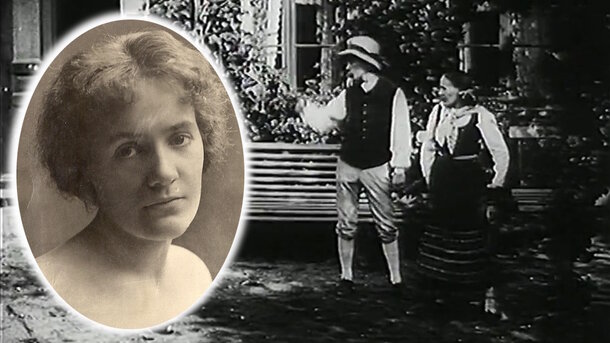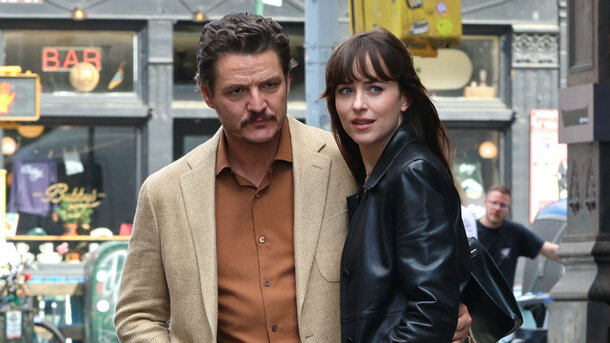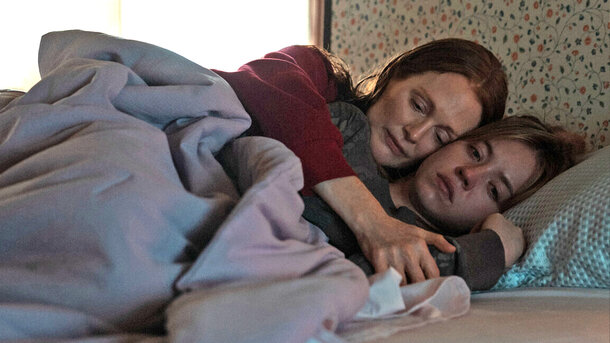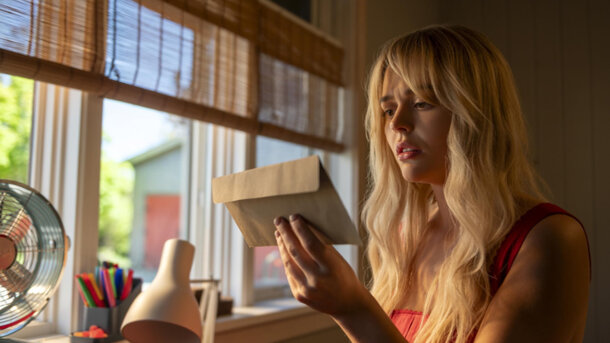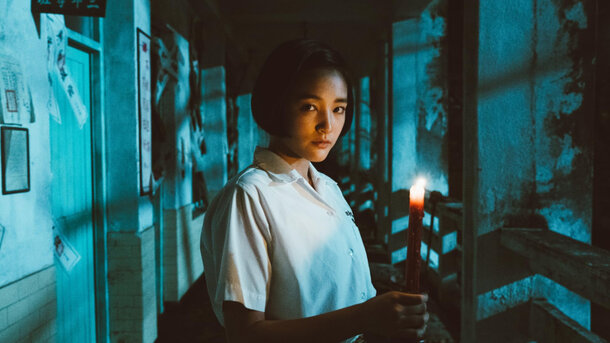Born in 1882, Lindkvist emerged as a significant figure in Swedish cinema during a time when the industry was still in it's infancy, and her work helped to shape the landscape of film in Sweden.
Early Life and Career
Lindkvist was born into a culturally rich environment that fostered her artistic inclinations. From a young age, she displayed a passion for the performing arts, which led her to pursue a career in acting. She began her journey on the stage, performing in various theatrical productions before transitioning to film. Her early experiences in theater provided her with a strong foundation in performance, which she would later bring to her film roles. She pursued her studies in singing and drama under the guidance of opera singer Bertha Tammelin (1836–1915) and actor Emil Hillberg (1852–1929). She then embarked on a career as an actress, performing in both touring and municipal theaters. In May 1907, she married Victor Lindkvist, and together they established a singing and drama school in Malmö in 1910.
As the film industry began to grow in Sweden, Lindkvist seized the opportunity to showcase her talent on the silver screen. She quickly gained recognition for her compelling performances, captivating audiences with her emotional depth and versatility. Her ability to portray complex characters made her a sought-after actress in the burgeoning film scene.
Directorial Ventures
In addition to her acting career, Lindkvist made significant strides as a film director. At a time when female directors were a rarity, she broke through the barriers of gender bias to take on directorial roles. Her films often explored themes of love, identity, and social issues, reflecting her keen understanding of human emotions and relationships.
In October 1910, she directed the second film adaptation of F.A. Dahlgren's popular comedy Värmlänningarna (The Warmlanders ). Previously, Carl Engdahl had directed a version for Svenska Bio that premiered in January. Hence, Lindkvist was active as a director before Anna Hofman-Uddgren, often credited as Sweden's first female film director. However, Lindkvist's approach was less formalized. She also appeared in the film, which is often misspelled as Värmländingarna; aside from one other role with Malmö producer Frans Lundberg, this was her sole contribution to Swedish cinema.
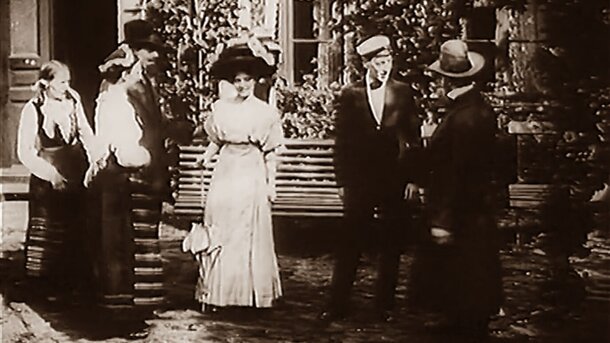
A 1972 inquiry by the Malmö daily Sydsvenska Dagbladet sought information on the film, leading to insights from lead actress Ester Selander, who confirmed Lindkvist’s significant role in directing. Lindkvist maintained a close professional partnership with her husband, Victor, who was involved in both the stage and film productions. While it’s tempting to regard her achievements as overshadowed by her spouse's influence, Victor's severe vision impairment rendered such assumptions unlikely.
During this era, the term "directing" often referred to actor direction, and credits were sparse. Ebba and Victor likely directed the theatre version, which was performed at Fågelsång Tivoli in August 1910, utilizing a summer ensemble from Malmö's Folkets hus theatre. This venue frequently hosted Värmlänningarna, making the cast well-acquainted with the material.
If Lindkvist directed the actors, the cinematography was likely executed by Ernst Dittmer, who had previously worked on Engdahl's version. Although only minutes of Lindkvist’s film survive, still images provide a glimpse into its visual style. Interestingly, short film recordings of songs from the play were incorporated into the feature, enabling a synchronized version for Helsinki audiences.
Lindkvist's directorial debut was met with critical acclaim, and she continued to direct several successful films throughout her career. Her work not only showcased her artistic vision but also paved the way for future generations of female filmmakers in Sweden.
Legacy and Impact
Ebba Johanna Bergman Lindkvist's contributions to Swedish cinema have had a lasting impact on the industry. As one of the first women to take on both acting and directing roles, she challenged the norms of her time and inspired countless others to pursue careers in film. Her dedication to storytelling and her ability to connect with audiences through her work have solidified her place in the history of Swedish cinema.
Despite facing the challenges of a male-dominated industry, Lindkvist's talent and determination allowed her to carve out a successful career. She remains a symbol of resilience and creativity, and her legacy continues to inspire filmmakers today.
Conclusion
Ebba Johanna Bergman Lindkvist's journey as an actress and director is a testament to her pioneering spirit and artistic vision. Her contributions to the film industry not only enriched Swedish cinema but also opened doors for future generations of female filmmakers. As we reflect on her life and work, it is clear that Lindkvist's influence will be felt for years to come, reminding us of the importance of representation and the power of storytelling in film.
